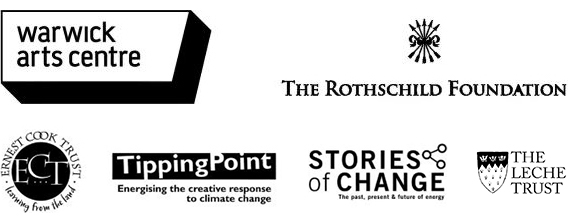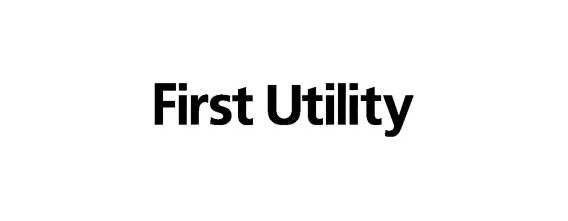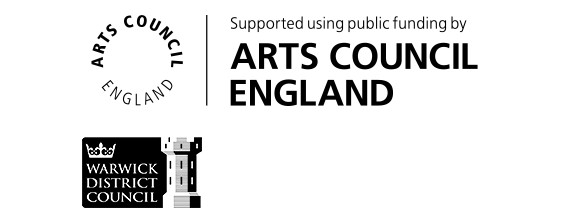Frogs was one of the earliest pieces of movement to be developed. Kevin showed his dancers a meticulously detailed, unison phrase of ‘frog-like’ shapes and sudden sharp ‘twitchy’ moves in strict formation that returned every time to stillness.
The next stage involved off-setting the unison, splintering into duos and trios, breaking out of formation and travelling the movements. Shapes were hoisted into balances, lifts, jumps and assisted jumps creating the impression of frogs leaping about over the laboratory. As a way of ‘checking in’ with each other, a system of vocalisations on stage – ‘zzzsssst’ sounds – was devised at intervals to keep timing tight.
Using the Show Footage *4:30 – 12:38* and dancer Chris Knight’s ‘Teaching Moves’ video (below), learn the opening sequence from Frogs which should include the following:
- The watchful gaze
- The side lunge
- The head-twitch
- The bent-leg & flexed foot raise
- The side shift
- The 1/4 turn lunge
- The jump in place
- Learn and perfect the moves, emphasizing the sharp dynamic, the clean pauses, the quality of stillness, facial expression, focus and precise timing.
- Rehearse the phrase as a group of 5 and nominate a leader to cue the timing with an electrical-sounding vocalization. This is phrase 1.
- Watch the rehearsal footage noting the off-setting technique and develop a second phrase by labelling the moves A – G and switching the order for each individual.
- Phrase 3: shift away from group unison into sequential canon. By how much do you overlap? is it by a split-second or several movements? Is it a whole staggered-start sequence? How do you all return to unison?
- Phrase 4: add a sudden, surprising change of level (aka Naomi’s froggy lift) to propel your frog material toward jumping and leaping. Allow the formation to splinter into brief solo, duo and trio segments but return to the group so some unity remains. Play movement against stillness. Nothing should be regular or predictable.
- Phrase 5: Instigate a change of face to involve diagonals, or have some dancers turn to face the back and begin to travel the moves to loosen the group formation further.
- Phrase 6: Introduce new twitches and shifts which can be picked up by other dancers.
- Refer to the Frogs chart in the analysis tasks and questions section and choose one other means of progressing the motifs: a pathway or dynamic, a choreographic device, a balance or shape in a different plane.
- Make sure you re-establish, at some point, the original group formation and bear in mind ‘Finnan’s first law of movement’:
It may seem counter-intuitive, but insert plenty of punctuating stops and stillnesses in long sequences to help build momentum. If you fill every second and movement continues apace, the effect for an audience is that it slows and the energy wanes. Stillnesses also allow for sudden reactivation to refresh the viewer and keep them alert.
- The frogs in Charge progressed toward more human upright shapes as a segue into Frank. Create an ending to your dance.


